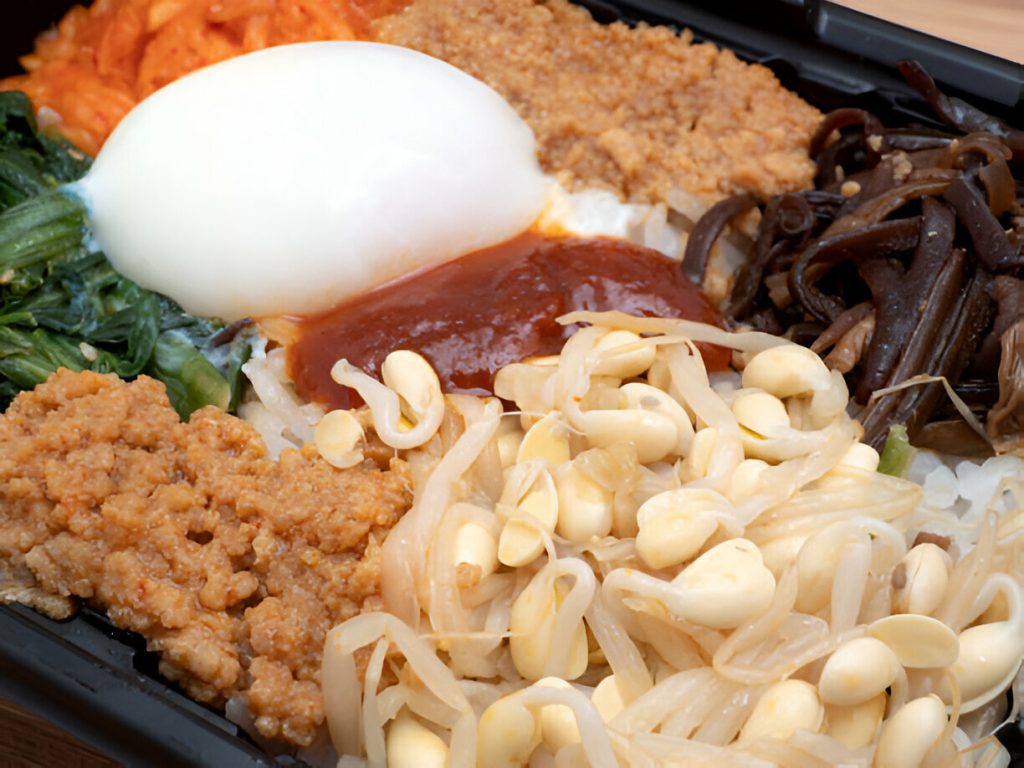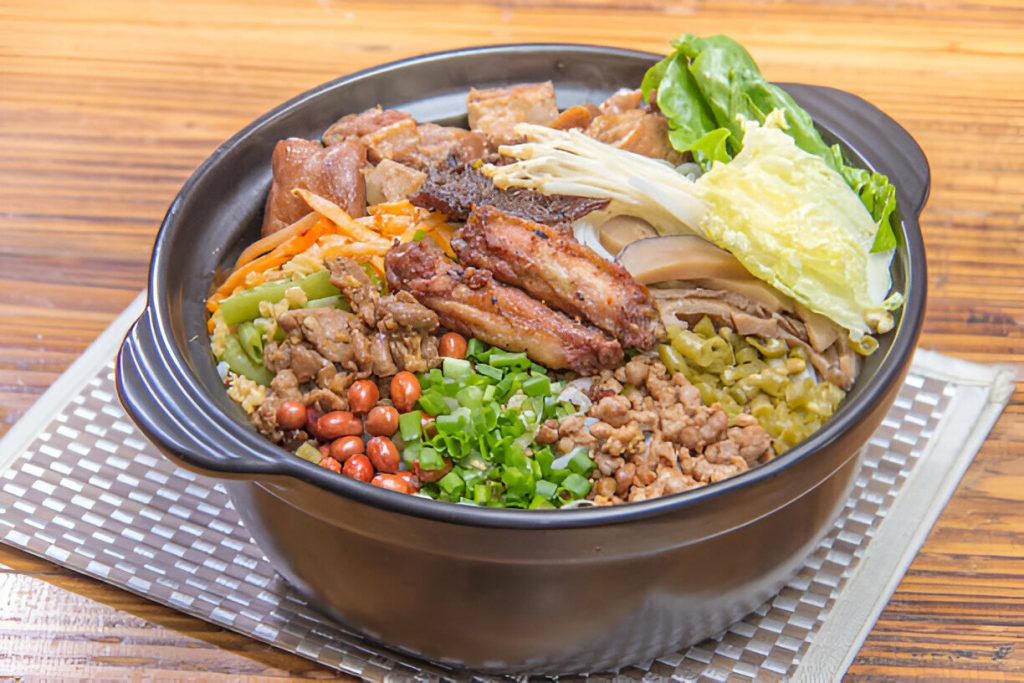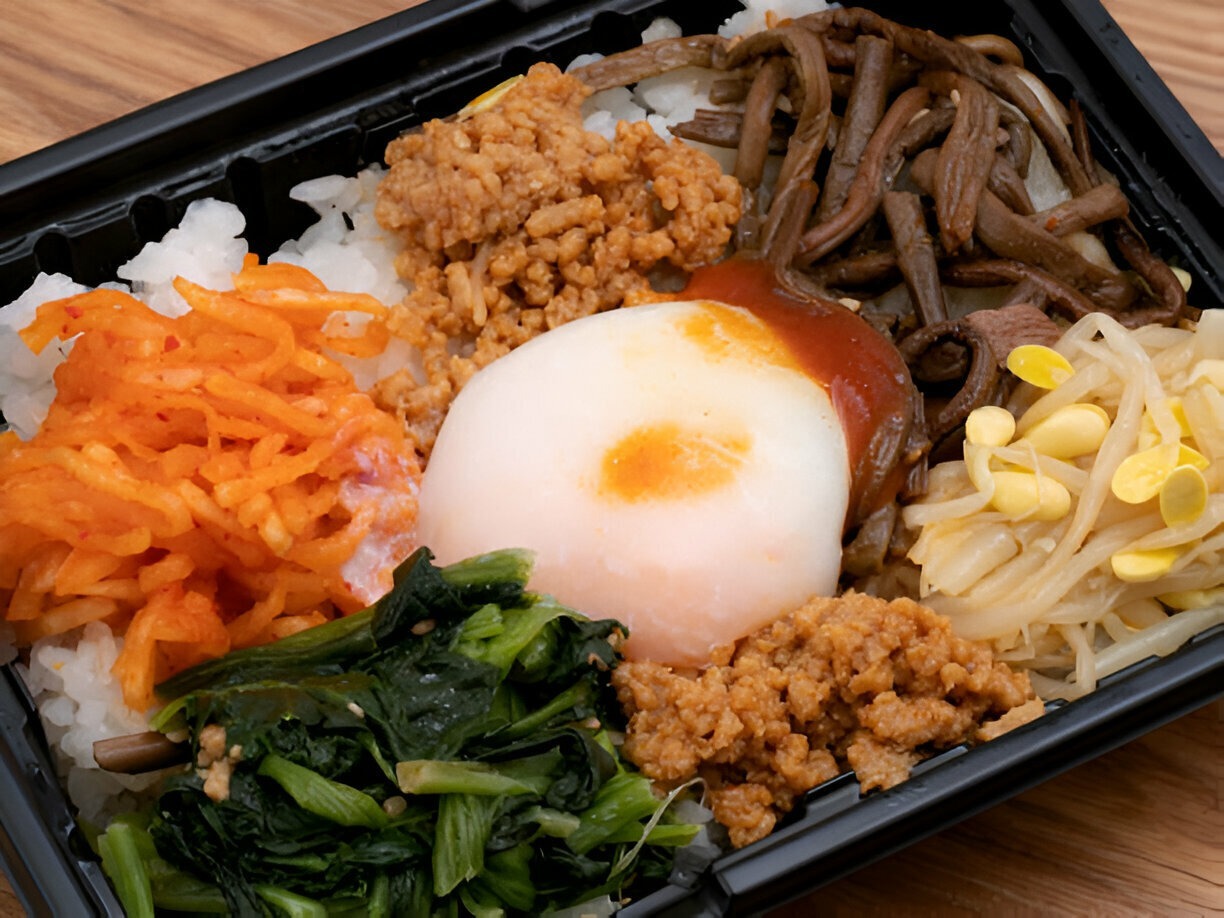Slovakian cuisine is a fascinating voyage of tastes, touch, and customs, with the Buší dish among its many treasures that epitomize the country’s culinary history. Deeply rooted in Slovakia’s rural past, this delicious meal is still a staple in contemporary kitchens. Let us examine Buší more closely, from its historical background to its cultural significance and the intricate process of making this well-known food.
Historical Origins of Buší

Buší dish has an interesting background that mirrors the Slovakian nation’s resilience and resourcefulness. Started in the countryside interior parts of Slovakia, buši was a practical and healthy meal for farmers and villagers who relied on ingredients they sourced locally. The name of the dish, “Buši,” springs from the Slovak word for “bush,” consequently inferring its rustic roots and use of wild herbs and vegetables.
The previous communal meal was often cooked in big pots over open fires. It brought families together closer while giving them warmth plus food during harsh winters. Simple yet accessible ingredients made this dish the ultimate for every Slovak diet, showcasing how creatively Slovakian traditional cooking was done.
Ingredients: Celebration of Simplicity and Freshness
The simplicity of Buší’s ingredients draws many to it; they all contribute to the dish’s layers of depth and richness.
Here are the main elements that make Buší a masterpiece of cooking:
Meat: Normally, Buší is made with either pork or beef. The choice of meat depends on regional differences and individual tastes. Meat is often simmered to be tender.
Onions and Garlic: These flavor bases bring sweetness and depth to the dish.
Root Vegetables: These include carrots and potatoes necessary for a hearty filling.
Paprika: In Slovak cuisine, this spice is an essential ingredient that gives the food some smoky flavor with a slight sweetness.
Marjoram: This herb has a slightly minty taste that brings out the meat flavor in a unique way.
Bay Leaves: They add a little more depth to the dish because they smell nice.
Seasonings: Simple seasonings such as salt and pepper aim to enhance natural flavors.
Art of Preparing Buší
Buší creation is an art of cooking, which requires a lot of patience and attention to detail. In it the slow process of cooking helps to merge flavors, producing a thick and satisfying dish. Here’s a step-by-step guide to making Buší: Read more informative article click here.
Preparation: Start by carving the flesh into bite-sized parts, then chop onions, garlic carrots, and potatoes.
Browning the Meat: Warm some oil in a large pot placed over medium-high heat. For browning meat on all sides cook it. This phase is important for developing the deep rich flavours in this dish.
Sautéing the Aromatics: Add chopped onions and garlic into the pot frying them until they become transparent and fragrant.
Incorporating Vegetables: Make sure that you stir fry carrots and potatoes around as well as coat them with oil and aromatics.
Adding Spices: Sprinkle paprika, marjoram, salt, and pepper onto this mixture. Also include bay leaves for more fragrance.
Simmering: Pour enough water or broth so that the ingredients are covered. Bring the mix to boil then reduce heat to low. Cover pot with lid and let it simmer for about 1.5-2 hours or until meat becomes tender along with vegetables.
Final Touches: Taste and adjust the seasoning if necessary. Remove the bay leaves before serving.

Serving and Enjoying Buší
Buší is traditionally served hot, most often with fresh bread or dumplings to mop up the flavorful broth. It can be accompanied by pickled vegetables or a simple green salad. It is a dish that is perfect for family dinners and festive occasions equally, bringing Slovakian tradition to its right at the table. For more recipes click here.
Cultural Significance
Buší is more than a dish; it represents Slovak heritage and conviviality. It shows the resourcefulness and toughness of the Slovak people who managed to turn really simple foods into a tasty and healthful meal. Bringing people together, and sharing time at a common table, is testimony of its long-lasting power.
Conclusion
Buší has been a tour of history and tradition in a taste of Slovakia’s rich cultural heritage. Simplicity, mixed with deep and comforting flavors, makes this food a timeless favorite of every generation. Be it a foodie or just somebody looking forward to different tastes, Buší will make everything possible to provide a delicious and heartwarming experience. It simply puts traditions of Slovak cuisine into dishes. Enjoy this dish as a toast in celebration of tradition, family, and simple joys over a well-prepared meal.



